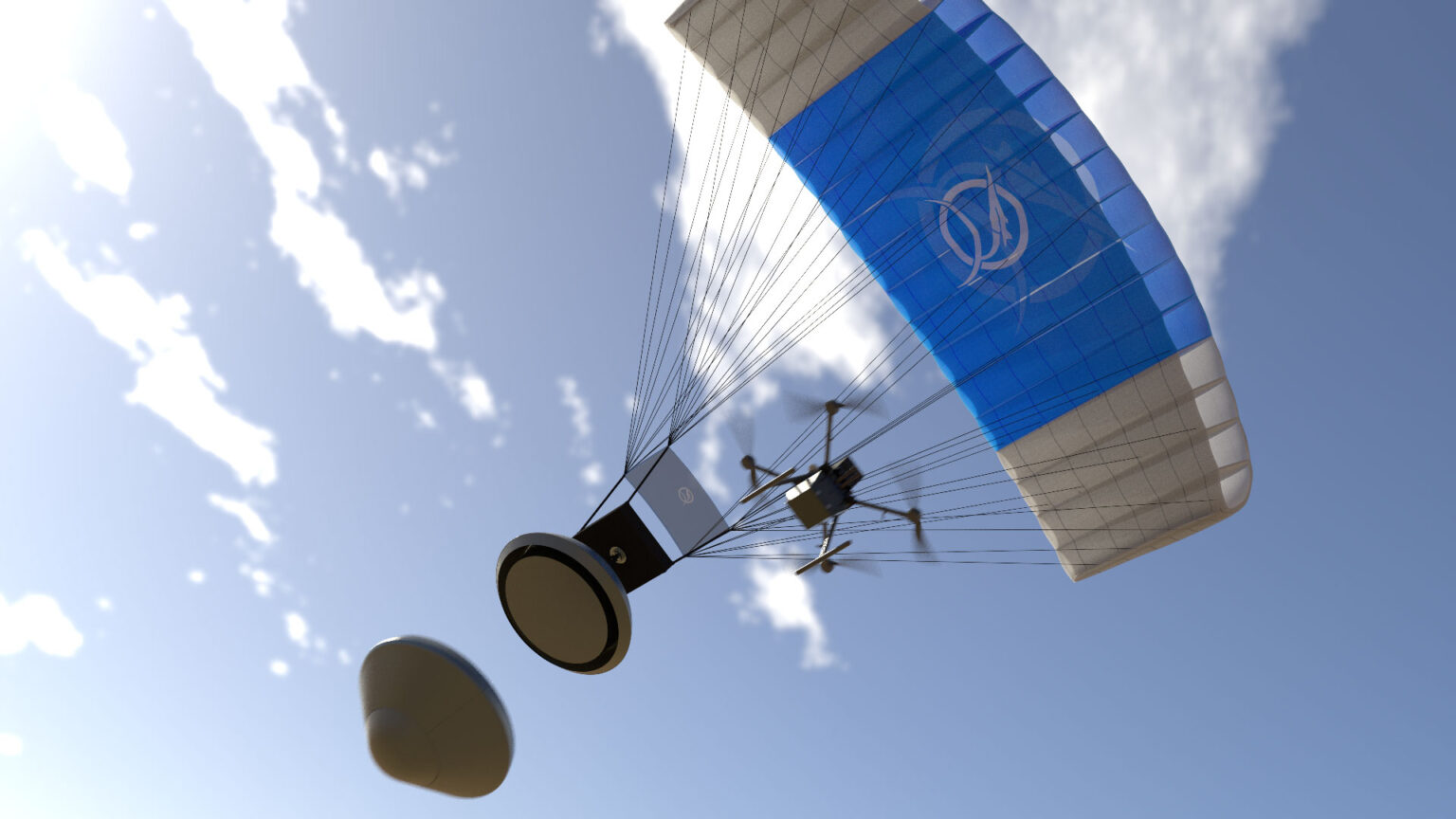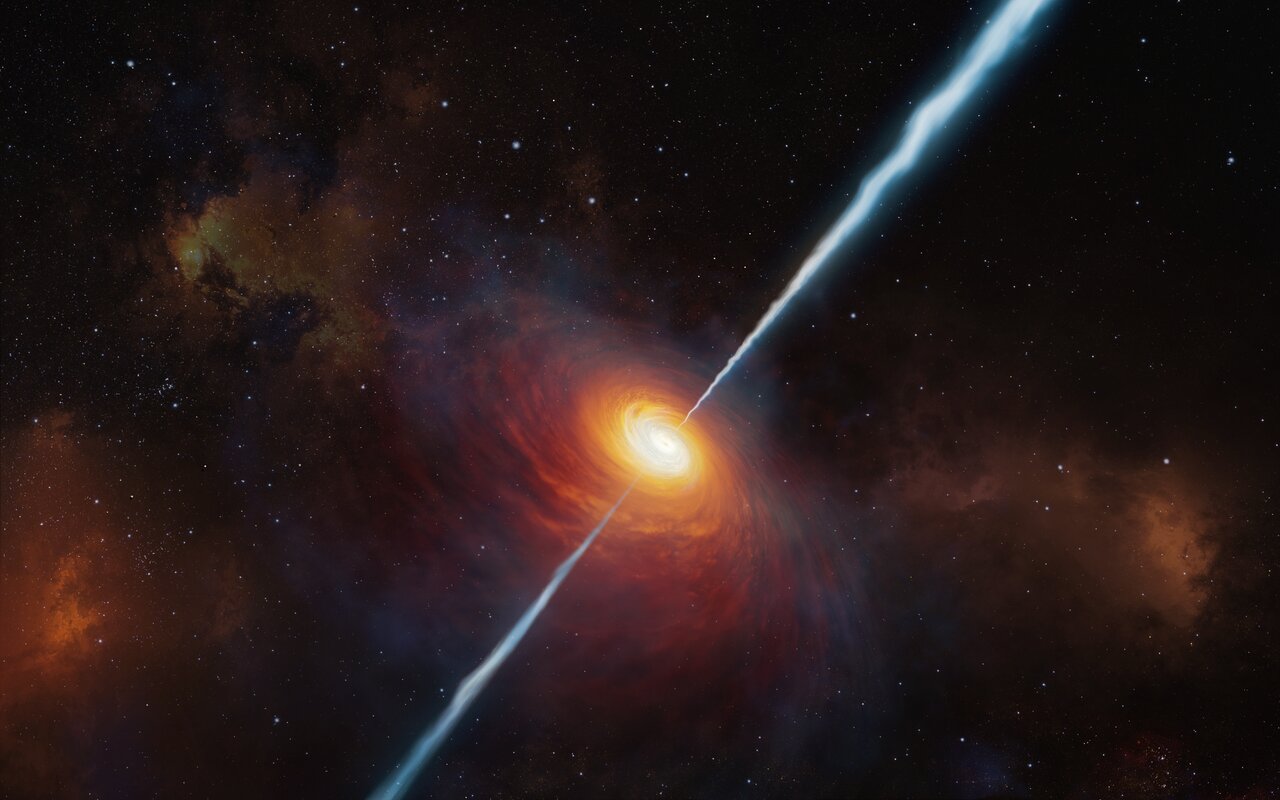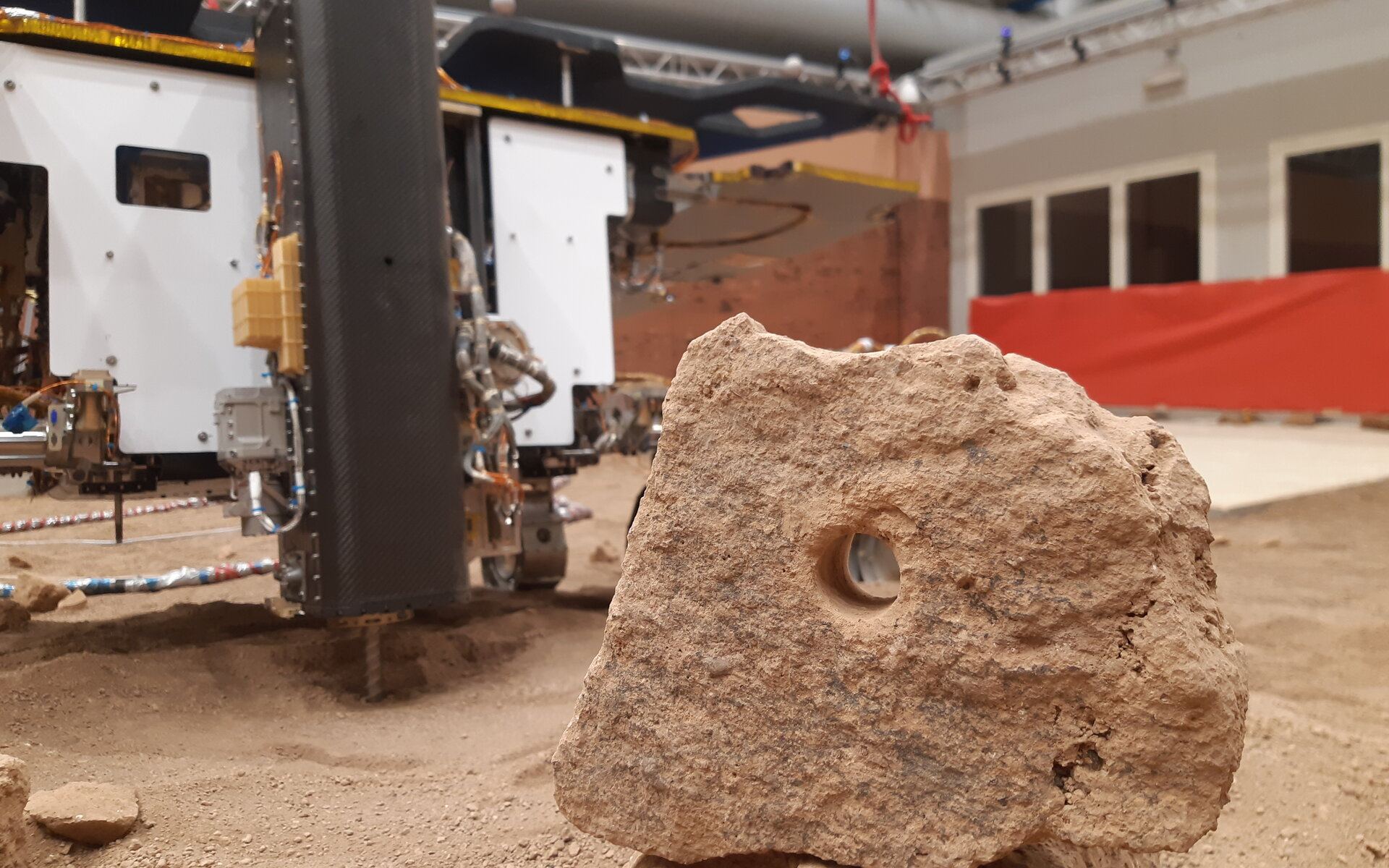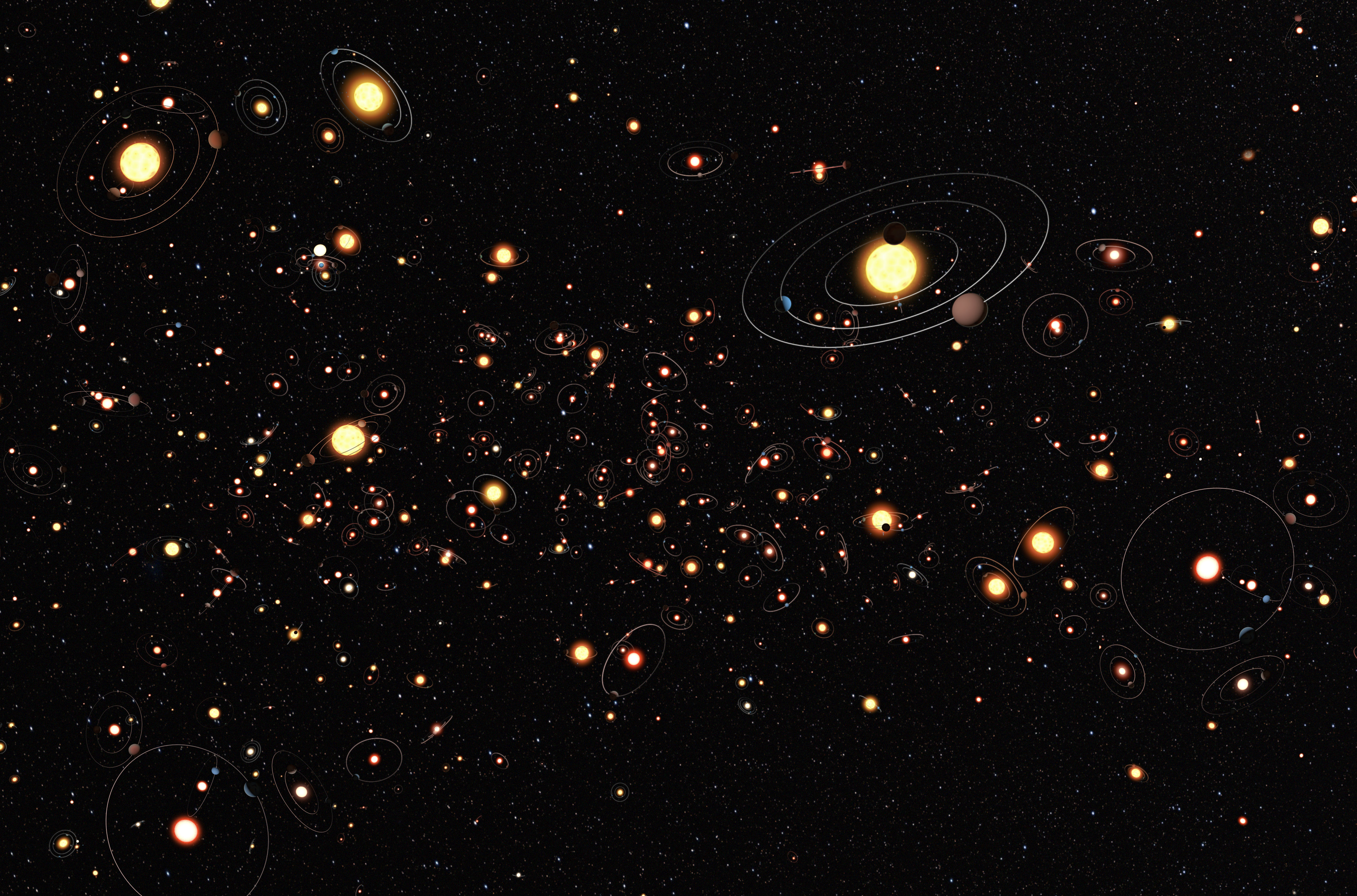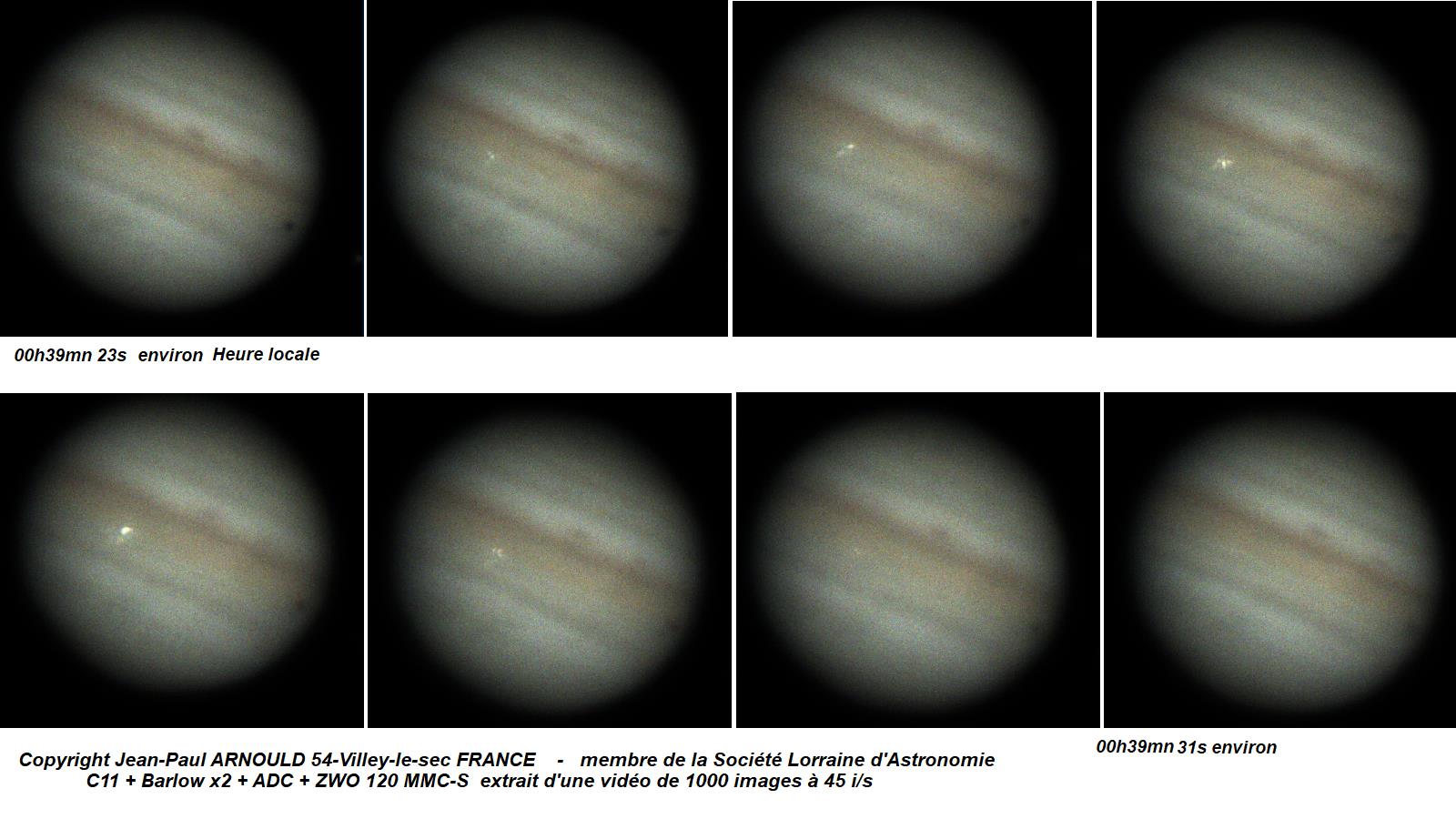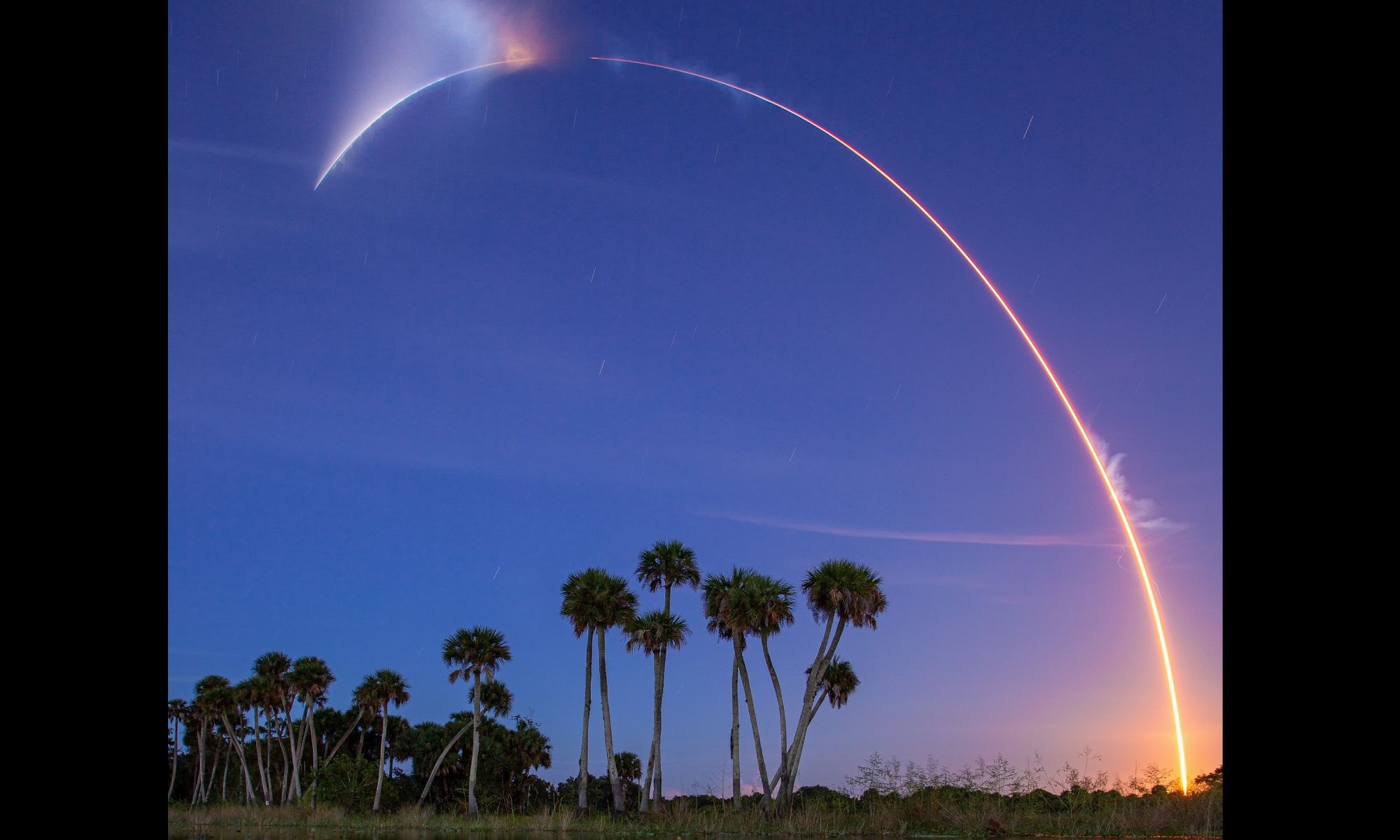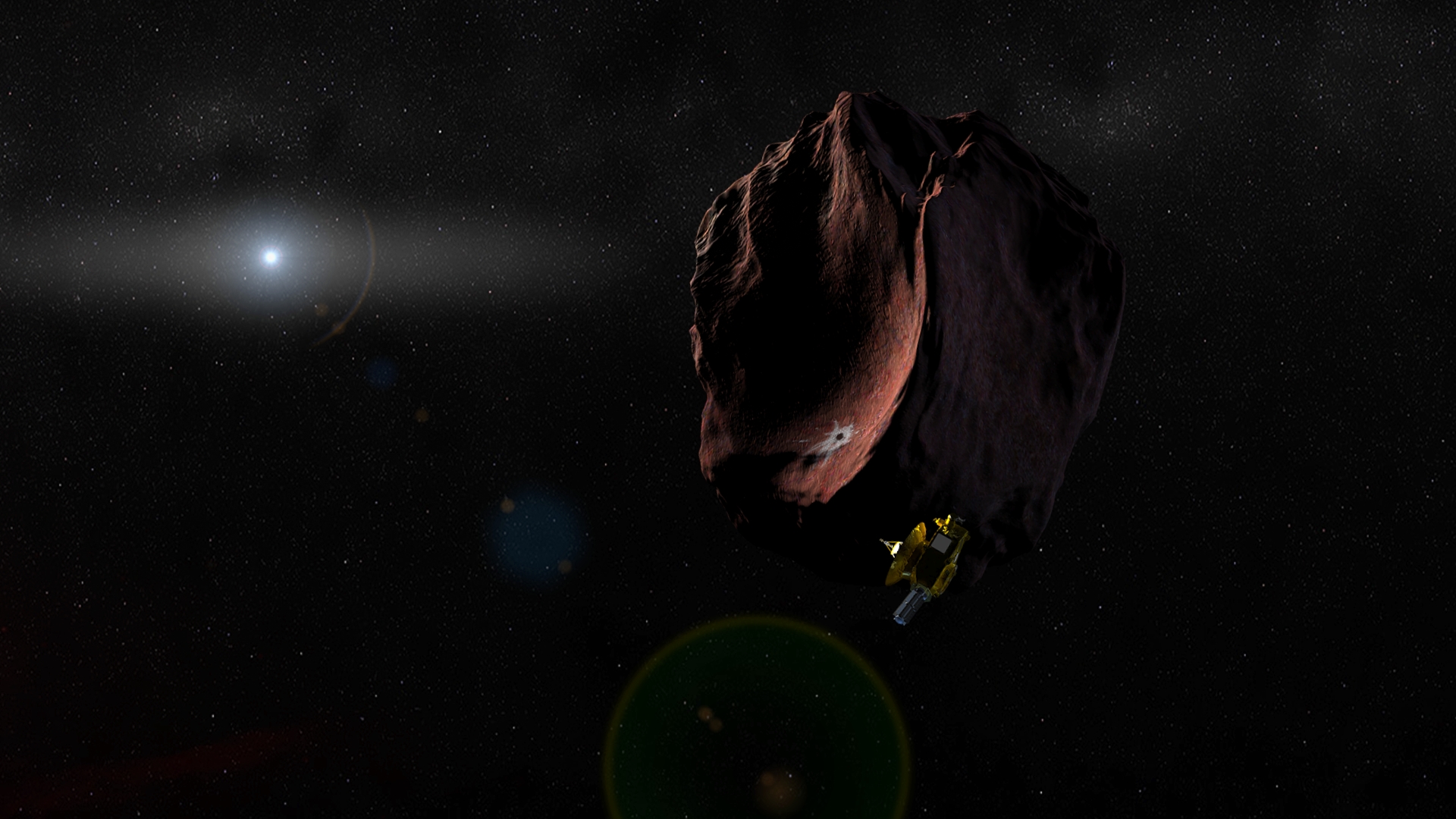Since the dawn of the Space Age, considerable progress has been made with launch vehicles. From single stage to multistage rockets and spaceplanes to reusable launch vehicles, we have become very good at sending payloads to space. But when it comes to returning payloads to Earth, our methods really haven’t evolved much at all. Some seventy years later, we are still relying on air friction, heatshields, and parachutes and landing at sea more often than not.
Luckily, there are many solutions that NASA and commercial space companies are currently investigating. For example, SpaceWorks Enterprises, Inc (SEI) is currently working on an orbital delivery system known as Reentry Device (RED) capsules. With support provided by NASA, they are gearing up for a test run this October where one of their capsules gets dropped from an altitude of 30 km (19 mi).
Continue reading “The Future Could Bring Pinpoint Deliveries From Orbit”
